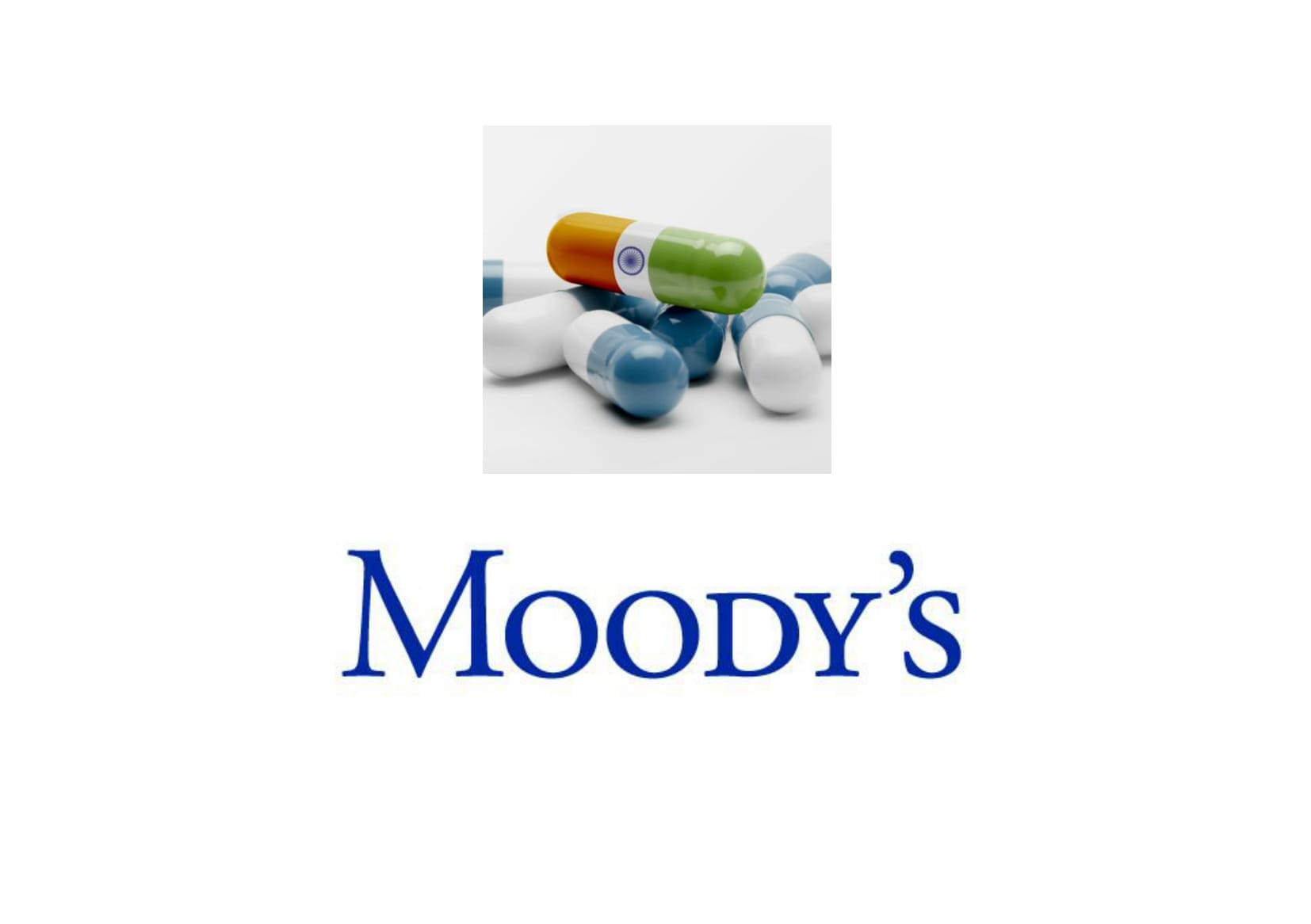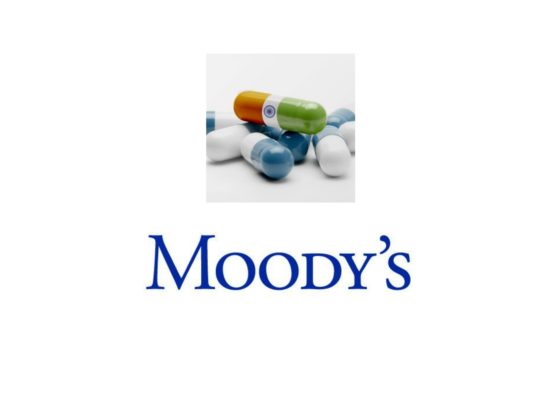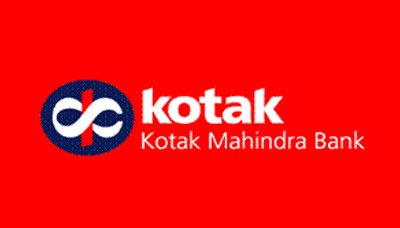
Singapore, November 25, 2016 — Moody’s Investors Service says that Indian pharmaceutical companies, despite their smaller size, exhibit strong business profiles when compared to some of their global peers, underpinned by their good product and geographic diversity.

“When compared with their global counterparts, Indian pharmaceutical companies have stronger financial profiles with low leverage and high coverage metrics,” says Kaustubh Chaubal, a Moody’s Vice President and Senior Analyst.
“However, increasing competition, challenges in preserving their historical superior profitability and consolidation among large global generic companies will drive M&A activity for the Indian pharmaceutical sector,” says Diana Beketova, a Moody’s Associate Analyst.
Moody’s conclusions are contained in a just-released presentation titled “Indian Pharmaceutical Companies — A Deep Dive” that compares the Indian pharmaceuticals companies to global peers, and is co-authored by Chaubal and Beketova.
India’s generics market is the second largest in the world, behind only the US in terms of volume, although it forms only 1% of the global pharmaceutical market by value. Over the last several years, Indian pharmaceutical companies have grown their global presence and now operate in diverse regulated and unregulated markets.
Indian companies exhibit good geographic diversity, with a focus on developed markets and in particular the extremely lucrative but highly competitive US market.
However, they also face regulatory challenges, with a rising number of adverse findings by the US FDA hurting their US sales and causing supply disruptions.
In terms of their patents and pipeline, the Indian pharmaceutical companies’ R&D investments are low in absolute terms, but large relative to their size — at 5%-8%. These investments are likely to ramp up as companies’ start targeting complex generics, biosimilars and niche specialty drugs.
The Indian companies are also unique in terms of their ownership structures, with most majority owned by founding family members — or promoters — while most Moody’s-rated global pharmaceutical firms have dispersed ownership structures.
Ownership by a founding family tends to align creditor and promoter-owner interests, says Moody’s, thereby resulting in a more cautious risk appetite and low financial leverage — in turn underpinning the companies’ strong credit profiles.
However, this ownership structure also raises the risks of related party transactions, potential slower responses to rapidly changing industry conditions and corporate underperformance.
Moody’s further notes that the pharmaceutical industry has been undergoing consolidation globally, driven by a need for product and pipeline diversity, scale and pricing power.
The Indian pharmaceutical sector is not immune to this trend, and Moody’s expects companies will explore inorganic growth primarily overseas, as the large promoter ownership stakes may dissuade domestic M&A activities.
Moody’s also expects companies will benefit from some assets and drugs that will come up for sale as global generics industry consolidates. In addition, M&A can enhance the expertise of Indian pharmaceutical companies in sophisticated and high entry barrier products, such as sterile injectables.
Moody’s: Indian pharmaceutical companies’ financial profiles stronger than global peers





